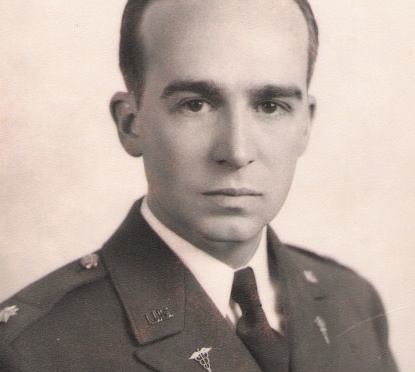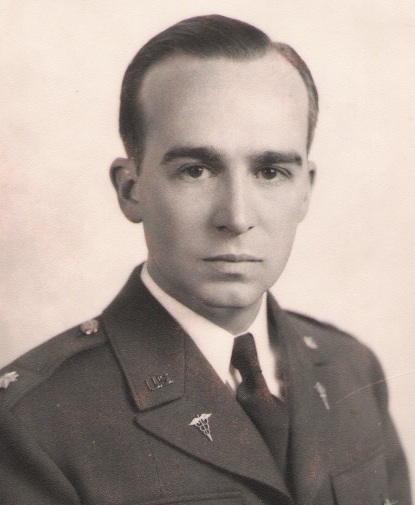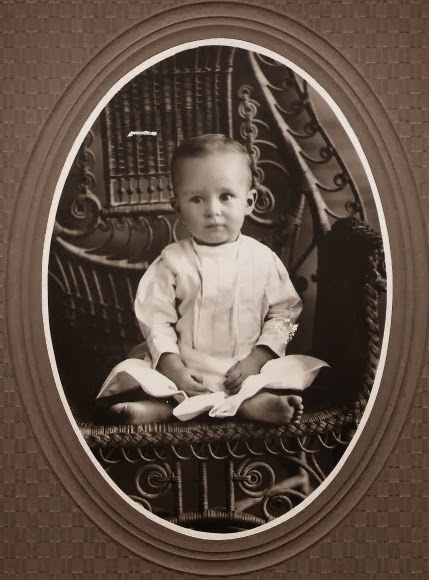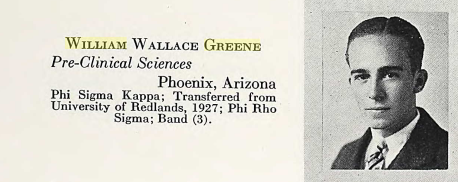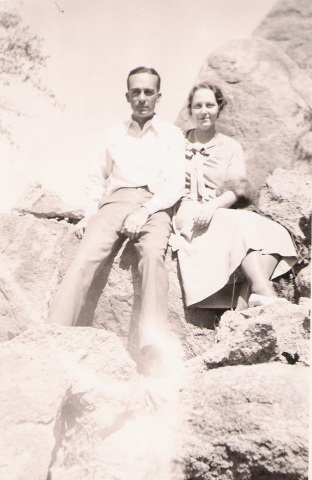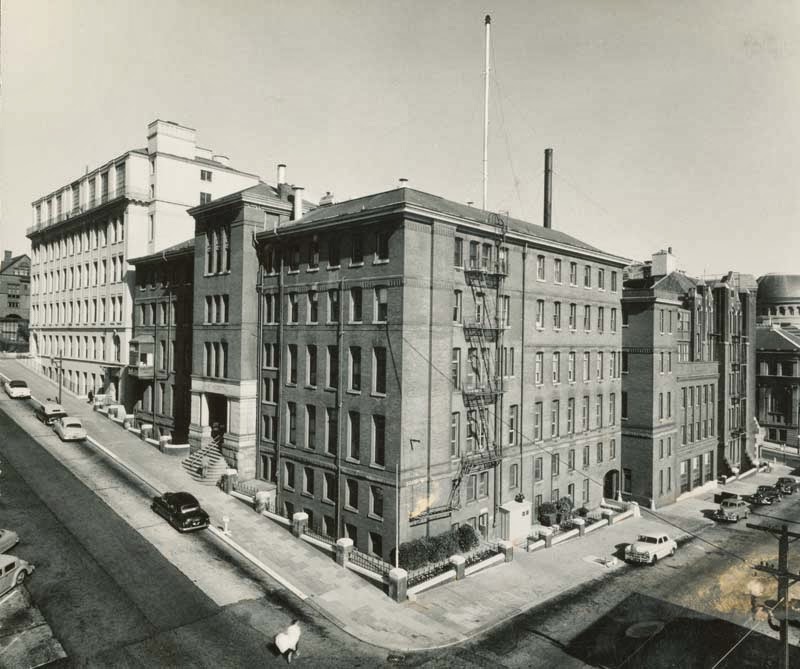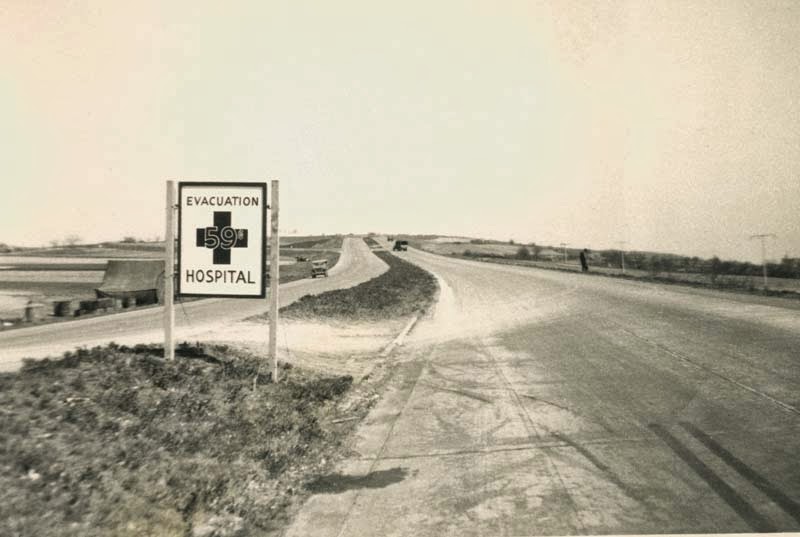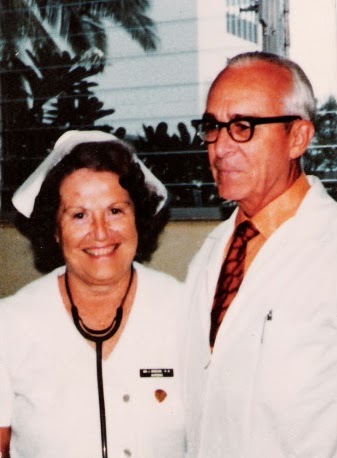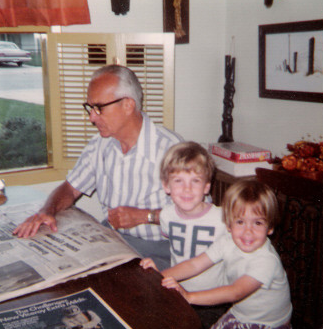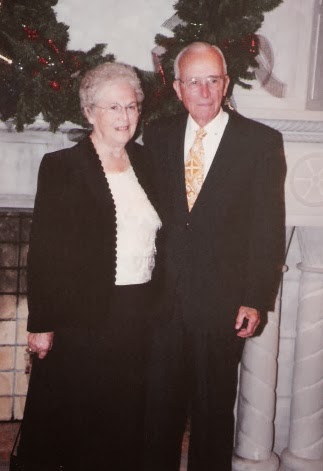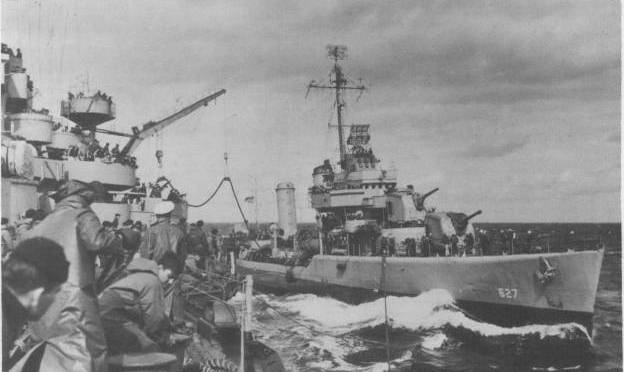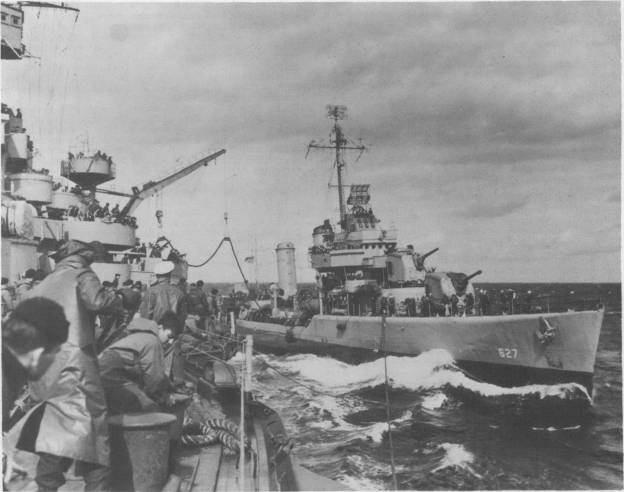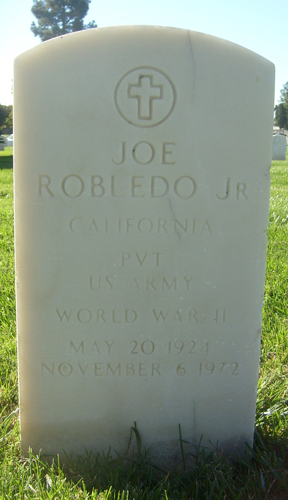
My 21st entry in Amy Johnson Crow’s “52 Ancestors in 52 Weeks” family history blogging challenge for 2015.
The challenge: have one blog post each week devoted to a specific ancestor. It could be a story, a biography, a photograph, an outline of a research problem — anything that focuses on one ancestor.
Amy’s 2015 version of this challenge focuses on a different theme each week.
The theme for week 21 is – Military: This week, the United States will be observing Memorial Day [as you can tell, I am quite late with this post]. Do you have any military ancestors? Were any ancestors affected by the military or by war?
I am five weeks behind on this blog challenge, hence the late Memorial Day post.
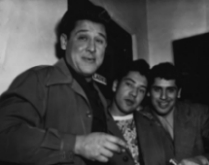
My 21st ancestor or relative is my great uncle Jose “Joe” Robledo, Jr. (1924-1972).
I have not written previously about Great Uncle Joe, except when mentioning him in posts about my great grandparents (his parents), Jose Robledo (1875-1937) and Maria Hermalinda Nieto (1887-1974). Jose, Jr.–named after his father, I assume– was the sixth of eight siblings, the third son, and the fourth child born in the United States after the family immigrated here in 1915. If I ever met Great Uncle Joe the first few years of my life, I do not remember him.
Joe was born 20 May 1924 in Los Angeles County, California.1 He married and was later divorced from Aurora Flores in 1946, six months after being released from the Army.2 Joe Robledo had four children, none whom Dad thinks are still living. I only remember meeting his now-deceased daughter Maria, a nun, about fifteen years ago when she came down to southern California to visit the family. Dad thinks his uncle still has one grandson alive.
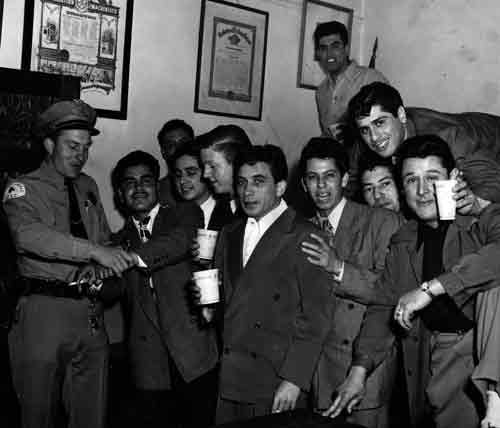
[contentblock id=51 img=html.png]
Why Great Uncle Joe?
This is a very brief post, since I have not done much research at all on Great Uncle Joe. It is simply a belated Memorial Day tribute to one of the veterans in my family history. I have not yet identified any family who ever died in service to our country (thankfully), so instead I try to honor those who made this ultimate sacrifice by paying tribute to my ancestors and relatives who were fortunate enough to live to come home.
After the Southern California Genealogy Jamboree conference wrapped up two Sundays ago, two of my out-of-state genealogy friends rented a car to go cemetery hopping. The Los Angeles National Cemetery was one of the locations on their itinerary. I have visited this nearby cemetery before, but could not remember if I had any family buried there. So the next day, I looked through my research notes and confirmed that I do indeed have a veteran family member buried at this cemetery–my great uncle Joe Robledo, Jr.3
The Second to Serve
Joe Robledo, Jr. was the second member of his immigrant family to serve in the military, on behalf of his family’s new home. My grandfather Benjamin Robledo (1919-1990), Joe’s first U.S.-born sibling, was the first to serve. Unlike his older brother, Great Uncle Joe opted for the Army over the Navy.
Joe enlisted in the U.S. Army on 28 June 1944 as a Private at Fort MacArthur in San Pedro, Los Angeles County, California, shortly after his 20th birthday.4 He was released on 18 April 1946–less than two years later.5 I know nothing else about Uncle Joe’s service, nor do I have a photo of him in uniform. Dad says his uncle served in the European theater during World War II, thinks his uncle was at Omaha Beach, and says his uncle was injured in the war. D-Day took place on 6 June 1944, which occurred before Joe joined the Army. So Great Uncle Joe could not have been a part of D-Day, but perhaps news of the Normandy landings is what inspired him to enlist shortly after.
Joe’s older brother–my grandfather Benjamin–enlisted in the Navy nine months prior to Joe’s own enlistment, and interestingly joined the U.S.S. Waterford ARD-5 at Receiving Station Noumea, New Caledonia, the very same day that Joe enlisted. My immigrant great-grandparents, like so many other new families here, now had multiple sons in the war, just 19 years after making the U.S. their home.
I am torn between trying to track down Great Uncle Joe’s sole living grandchild (which I want to do anyway!) to see if he has his grandfather’s military records, or just sending off to NARA for them myself, and hoping Joe’s records are not among those lost due to the 1973 fire. I do not think Joe’s military records will answer any questions that I need in order to move forward with research on that family line, but I would like to know more about his story.
Great Uncle Joe is not listed yet on the National WWII Registry, so at the very least, I want to add him and honor him in that manner as soon as possible. I am waiting for the Registry site to recover my very old username and password.
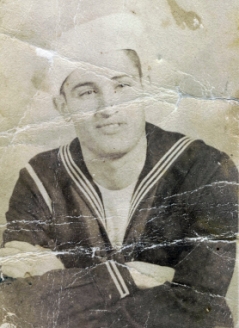

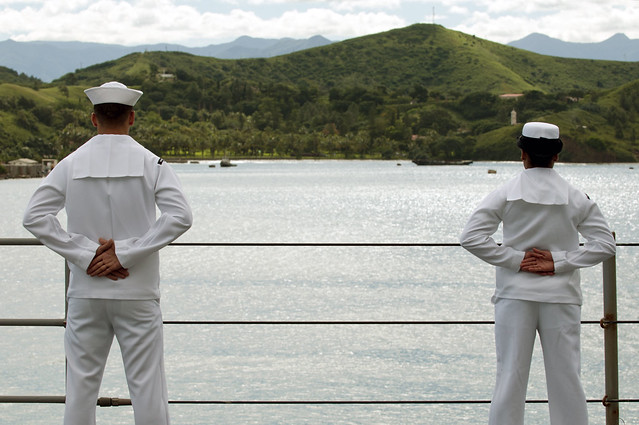
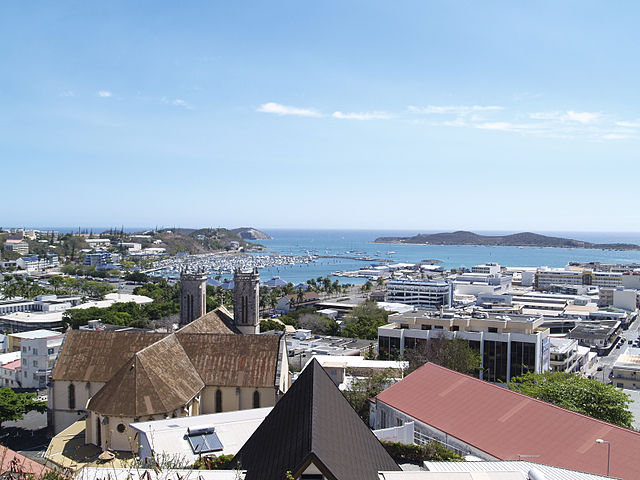
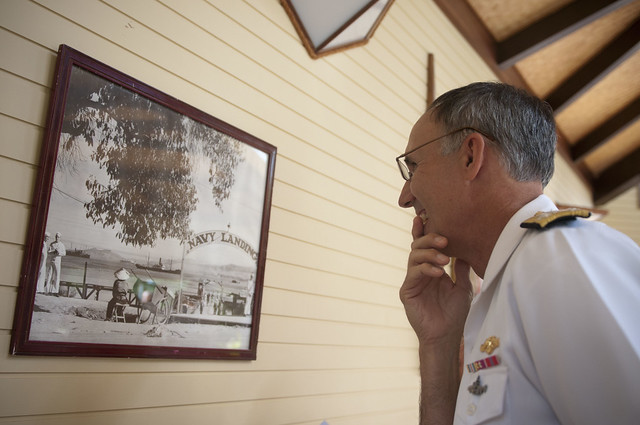
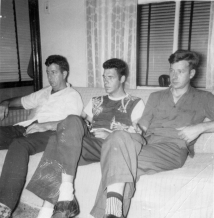

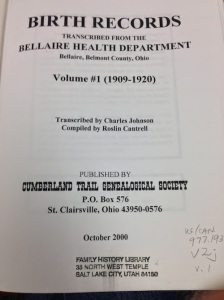
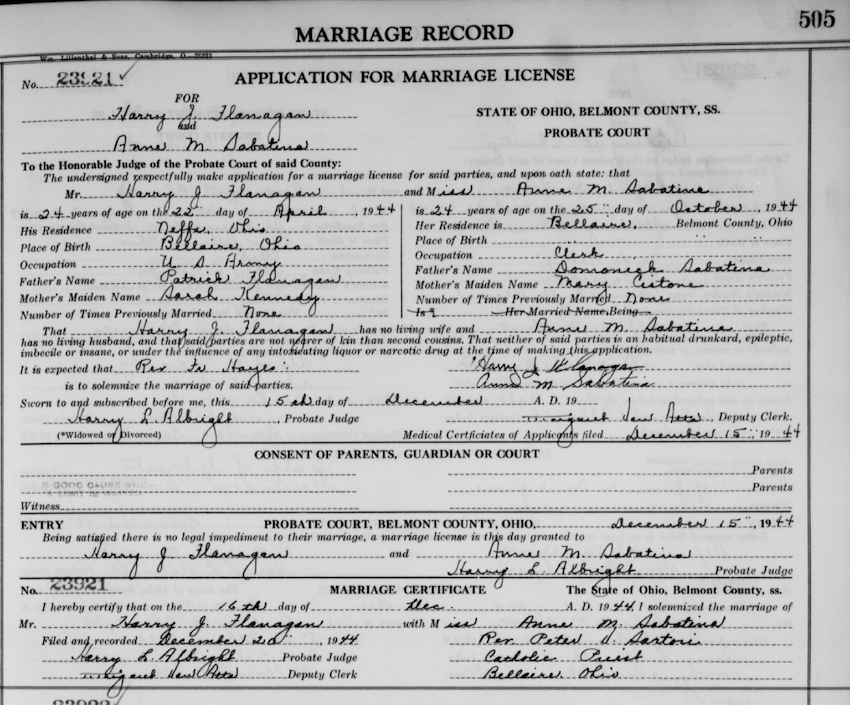
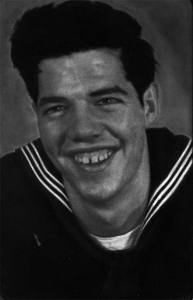
 My 18th entry in Amy Johnson Crow’s “
My 18th entry in Amy Johnson Crow’s “